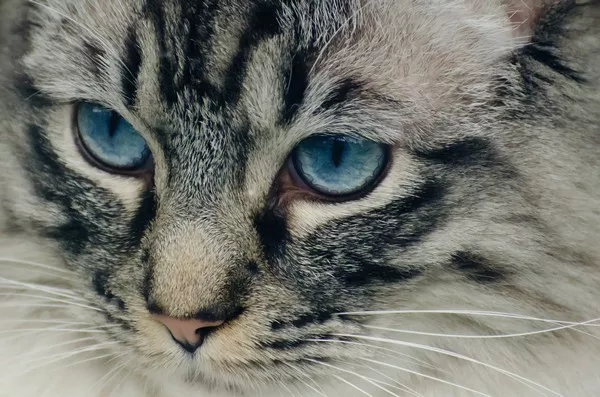A recent study from the University of Haifa reveals that cats use facial mimicry to communicate and form deeper bonds with one another. This research, published last week, suggests that cats’ ability to mimic each other’s facial expressions plays a significant role in their social interactions.
Researchers at the university’s Tech4Animals Laboratory, within the Department of Information Systems, employed Artificial Intelligence (AI) to analyze how cats mimic each other’s facial expressions. Their findings show that this behavior helps cats develop empathy and foster closer relationships with their fellow felines.
This study, published in Nature Scientific Reports, is the first to observe facial mimicry in cats—an action commonly seen in humans and other mammals to aid socialization.
“Our research reveals that cats are much more social than we initially thought,” said Professor Anna Samansky, co-author of the study and head of the Tech4Animals Laboratory. “Their facial expressions and communication are essential for forming strong bonds.”
While cats are often perceived as solitary and independent animals, the findings suggest they are actually highly social, with complex communication patterns. The study supports the notion that cats, like many mammals, use Rapid Facial Mimicry (RFM) to enhance relationships with friends, mates, and kin.
The study tracked over 50 adult domestic short-haired cats over the span of a year. By applying AI models to interpret the cats’ facial expressions, researchers found that cats tend to mirror each other’s facial expressions during positive interactions, such as play. In contrast, during negative interactions, like fights, they exhibited more independent behaviors.
“Understanding cats’ facial language allows pet owners to gain a deeper insight into their cats’ emotions, improving interactions,” Prof. Samansky explained. “Recognizing rapid mimicry patterns can also serve as a valuable tool for assessing the bond between cats, which is particularly useful when introducing them to new environments or when preparing them for adoption.”
Related Topics























